Signals and Systems - Online Test
Q1. A resistance and a coil are connected in series and supplied from a single phase, 100 V, 50 Hz ac
source as shown in the figure below. The rms values of plausible voltages across the resistance (VR)
and coil (VC) respectively, in volts, are


Answer : Option D
Explaination / Solution:


Q2. Let the signal  be passed through an LTI system with frequency
response H(𝜔), as given in the figure below
be passed through an LTI system with frequency
response H(𝜔), as given in the figure below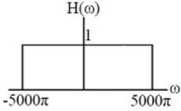
 be passed through an LTI system with frequency
response H(𝜔), as given in the figure below
be passed through an LTI system with frequency
response H(𝜔), as given in the figure below
The Fourier series representation of the output is given as
Answer : Option C
Explaination / Solution:
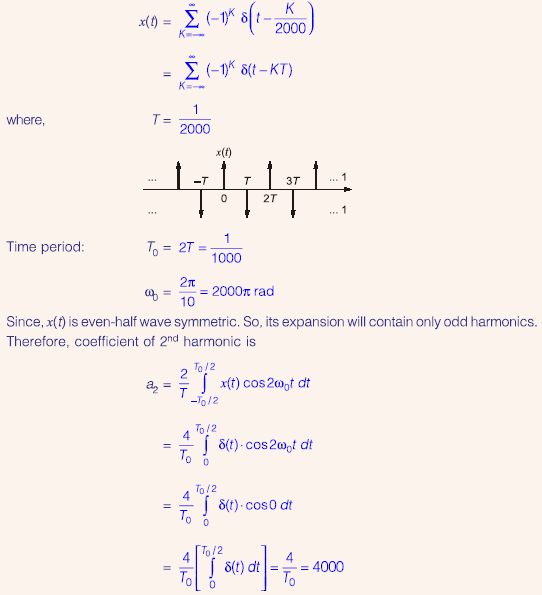



Q3. A parallel plate capacitor filled with two dielectrics is shown in the figure below. If the electric field in the region A is 4 kV/cm, the electric field in the region B, in kV/cm, is


Answer : Option C
Explaination / Solution:


Q4. The period of the signal  is
is
 is
is
Answer : Option D
Explaination / Solution:
No Explaination.
Q5. In the circuit shown below, the voltage and current sources are ideal. The voltage (Vout) across the
current source, in volts, is
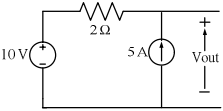

Answer : Option D
Explaination / Solution:
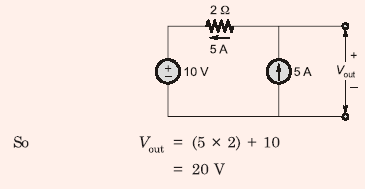

Q6. The system represented by the input-output relationship  is
is
 is
is
Answer : Option B
Explaination / Solution:
No Explaination.
Q7. The graph associated with an electrical network has 7 branches and 5 nodes. The number of independent KCL equations and the number of independent KVL equations, respectively, are
Answer : Option D
Explaination / Solution:


Q8. At t = 0, the function f(t) = sint/t has
Answer : Option B
Explaination / Solution:
No Explaination.
Q9. Two passive two-port networks are connected in cascade as shown in figure. A voltage source is
connected at port 1.


Given V1 = A1V2 + B1I2
I1 = C1V2 + D1I2
V2 = A2V3 + B2I3
A1 ,B1 ,C1 ,D1 ,A2 ,B2 ,C2 and D2 are the generalized circuit constants. If the Thevenin equivalent
circuit at port 3 consists of a voltage source VT and impedance ZT connected in series, then
Answer : Option D
Explaination / Solution:
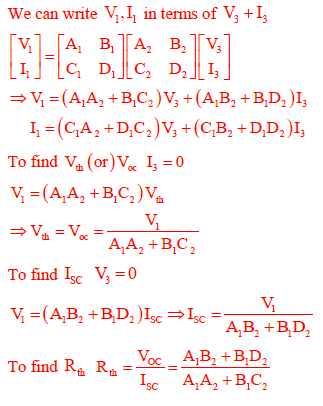

Q10. x(t)is a positive rectangular pulse from t = −1 to t = +1 with unit height as shown in the figure. The value of  { where X(ω) is the Fourier transform of x(t)} is
{ where X(ω) is the Fourier transform of x(t)} is
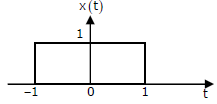
 { where X(ω) is the Fourier transform of x(t)} is
{ where X(ω) is the Fourier transform of x(t)} is
Answer : Option D
Explaination / Solution:
No Explaination.
